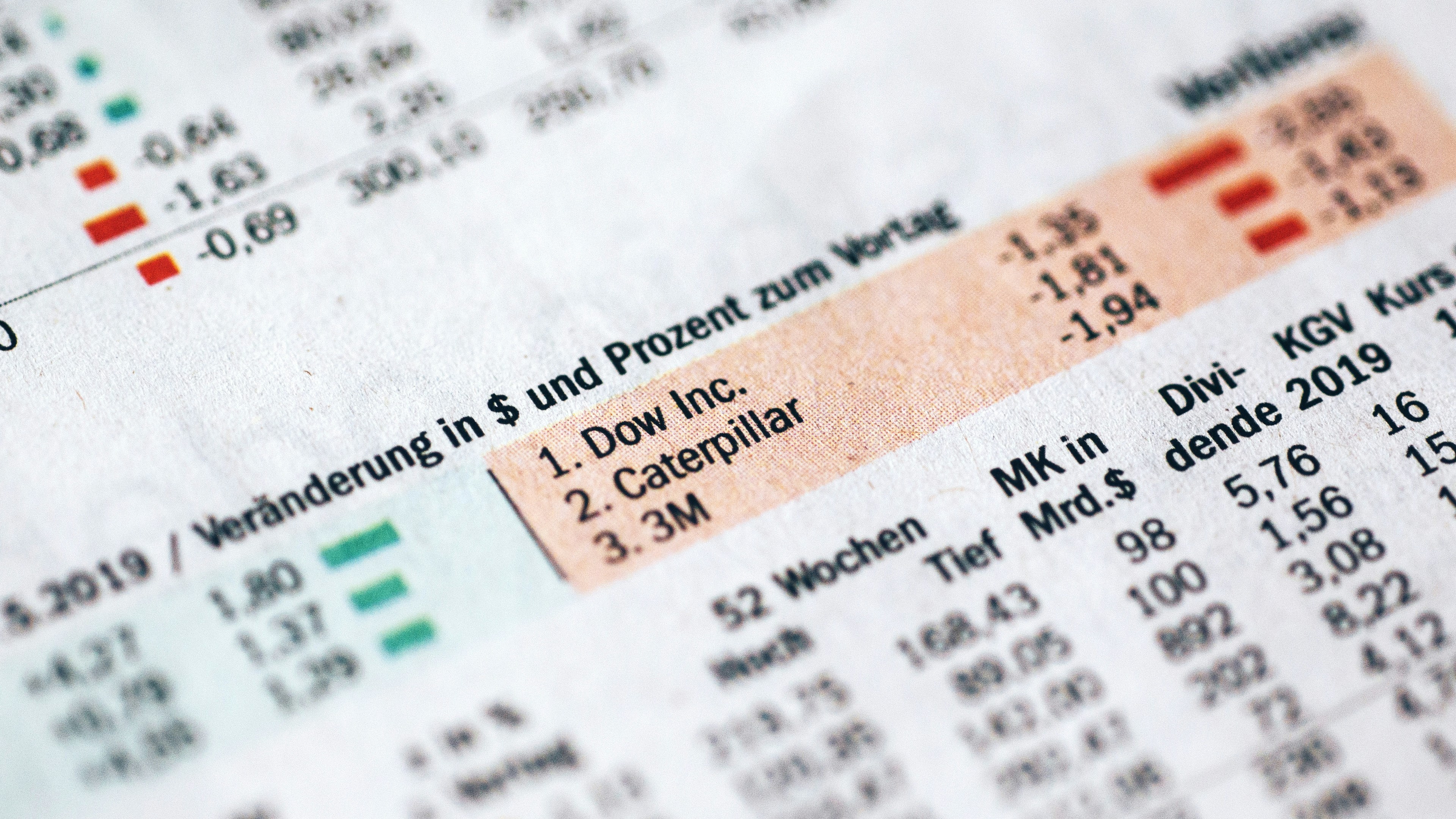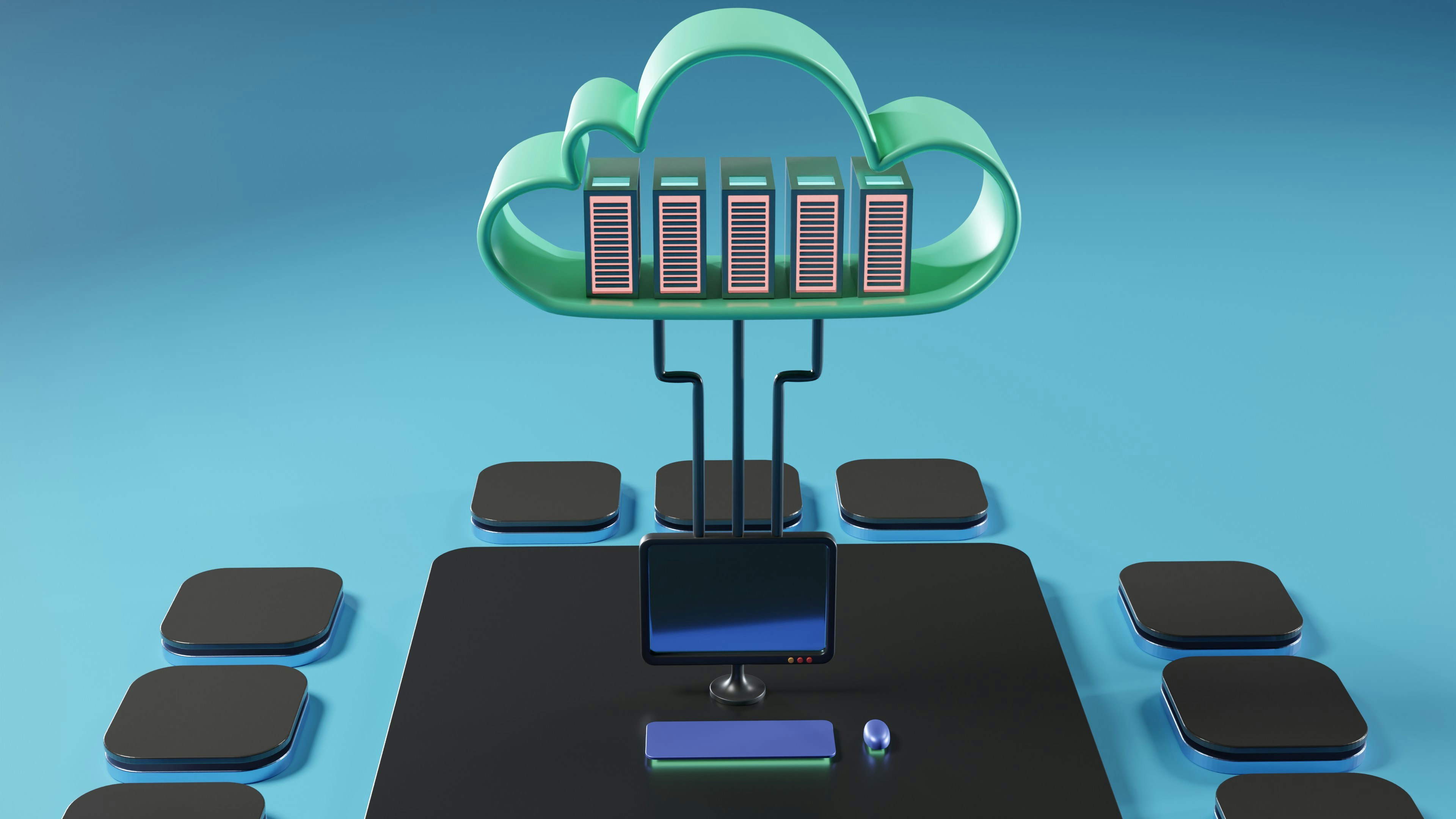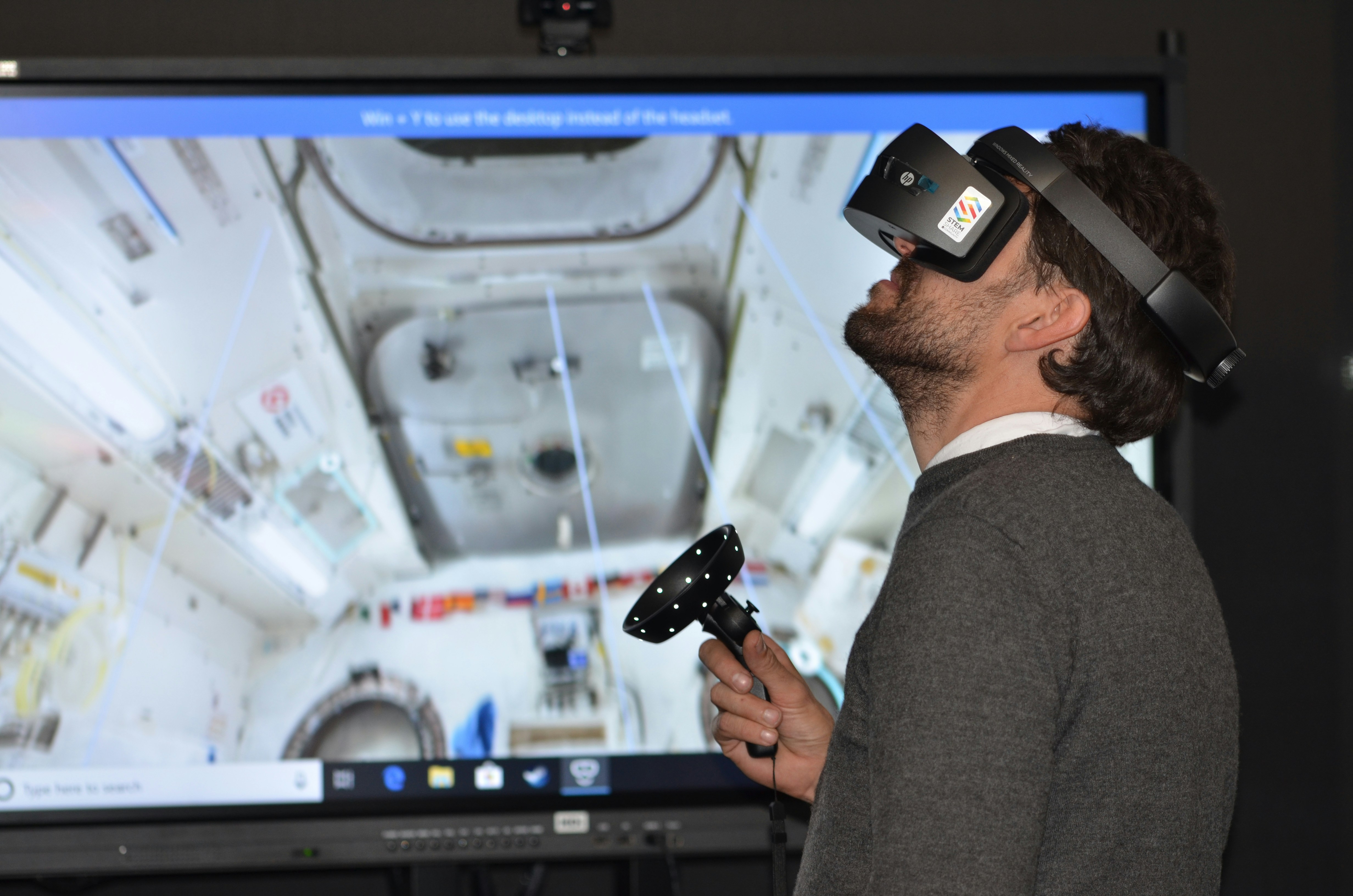Introduction to 5G Technology
Fifth-generation (5G) technology represents a significant advancement in mobile communications, building upon the foundations laid by its predecessors, namely 3G and 4G. While 3G focused on enabling mobile internet access and 4G enhanced data transfer rates and network reliability, 5G takes an ambitious leap forward by aiming to revolutionize connectivity in numerous sectors, including telecommunications, transportation, and healthcare.
One of the defining features of 5G technology is its remarkable speed. 5G offers data transfer rates that can reach up to 20 Gbps, a substantial improvement over 4G’s maximum of around 1 Gbps. This increase in speed facilitates not only faster downloads and uploads but also supports a diverse range of sophisticated applications, such as augmented reality and ultra-high-definition streaming.
In addition to speed, reduced latency is another notable characteristic of 5G networks. Latency refers to the delay before a transfer of data begins following an instruction. 5G aims to achieve latency as low as 1 millisecond, a substantial reduction compared to 4G’s latency of around 30-50 milliseconds. This reduction makes real-time applications, such as autonomous vehicles and telemedicine, more feasible, improving overall user experience and enabling innovative services.
The architecture underpinning 5G technology incorporates several advanced techniques, such as the utilization of millimeter waves. These higher frequency bands enable higher capacity and speed. Furthermore, the deployment of small cells creates a denser network infrastructure, enhancing coverage and connectivity. Additionally, massive MIMO (Multiple Input Multiple Output) technology uses numerous antennas to increase data throughput and improve network efficiency, further distinguishing 5G from earlier generations.
In summary, the introduction of 5G technology signifies a transformative phase in mobile communications, characterized by unparalleled speed, minimal latency, and enhanced connectivity, all made possible by advancements in network architecture and infrastructure. Understanding these foundational aspects is crucial for comprehending the broader implications of 5G technology on the future of the internet.
Enhanced Connectivity and Its Impacts
The advent of 5G technology represents a significant leap forward in connectivity, fundamentally altering how devices communicate within various ecosystems. One of the most transformative aspects of 5G is its ability to support the Internet of Things (IoT), enabling a far greater number of devices to connect simultaneously compared to previous generations of mobile technology. This enhanced connectivity is expected to revolutionize numerous sectors, including healthcare, transportation, and the development of smart cities.
In the healthcare industry, for example, 5G can facilitate real-time data sharing between medical devices and healthcare providers. This capability allows for improved patient monitoring through wearable technologies that continuously transmit health statistics. Consequently, healthcare professionals can make timely decisions based on accurate and instant data, ultimately enhancing patient outcomes. Additionally, remote surgeries could become commonplace, with surgeons operating medical robots in real time, thanks to the low latency that 5G offers.
Transportation is another sector that stands to benefit from enhanced connectivity driven by 5G technology. The implementation of connected vehicles can lead to improved traffic management systems, reducing congestion and enhancing road safety. For instance, vehicles equipped with IoT sensors can communicate with one another and with traffic infrastructure, sharing information about vehicular speed, road conditions, and potential hazards. This interconnectedness can foster smarter and more efficient transportation systems, paving the way for autonomous driving capabilities.
Moreover, the development of smart cities will be accelerated by the capabilities of 5G. Urban infrastructures can integrate IoT devices for better resource management, such as optimizing energy use in buildings and streamlining waste collection processes. As 5G networks proliferate, cities will become increasingly interconnected, resulting in enhanced quality of life for residents through improved services and sustainability initiatives.
Transforming User Experience
The advent of 5G technology marks a significant shift in how users engage with the internet. One of the most notable improvements is in the realm of video streaming. With 5G networks, users can stream high-definition content seamlessly, even in crowded environments. The enhanced bandwidth and reduced latency facilitate buffering-free experiences, allowing users to enjoy movies and shows without interruption. This leap in technology is particularly crucial as consumer expectations for quality content delivery continue to rise.
Additionally, online gaming experiences dramatically benefit from 5G capabilities. Gamers demand real-time interactions and minimal delays. The low latency associated with 5G connectivity has transformed online gaming into a more responsive and immersive experience. Gamers can engage in complex multiplayer environments without worrying about lag or disconnections, thus fostering a competitive edge. Furthermore, 5G’s ability to support numerous devices simultaneously means that households with multiple gamers can enjoy a smooth experience without having to compromise on performance.
Moreover, 5G technology is paving the way for advancements in virtual and augmented reality applications. Enhanced speed and connectivity allow users to engage in sophisticated VR experiences that necessitate high data transfer rates. This connectivity is vital for applications spanning from virtual meetings to immersive gaming, significantly enriching user interaction and engagement. The improved quality of these experiences fosters deeper connections and higher satisfaction among consumers.
Ultimately, as 5G technology continues to evolve, it impacts user experiences across various digital platforms. By meeting the demand for speed, reliability, and better connectivity, 5G is reshaping how individuals interact with online content and services, setting new standards for consumer engagement.
Challenges and Future Outlook
The advent of 5G technology heralds a new era in connectivity; however, several challenges must be addressed for its successful deployment and adoption. One significant barrier is the cost associated with the necessary infrastructure upgrades. Deploying 5G requires substantial investment in new hardware, including small cell towers and fiber optic cables, which can strain the financial resources of telecom operators, particularly in less densely populated areas. Balancing infrastructure costs while providing affordable service poses a daunting challenge.
Regulatory hurdles also present obstacles to widespread 5G implementation. Governments must establish frameworks that facilitate the deployment of 5G networks while ensuring fair competition and consumer protection. The complexity of coordinating frequencies and airwaves adds another layer of difficulty, as multiple stakeholders must navigate local and international regulations. The confluence of these regulatory challenges can lead to delays and inconsistencies in rollout timelines across different regions.
Additionally, security concerns loom large as 5G technology proliferates. The increased connectivity and reliance on the Internet of Things (IoT) could potentially expand the attack surface for cybercriminals. Ensuring robust cybersecurity measures and safeguarding sensitive data will be paramount as industries begin to leverage the vast capabilities of 5G.
Despite these hurdles, the future outlook for 5G is promising. As technology evolves and investments increase, it is expected that networks will become more resilient and secure. Businesses and consumers can prepare for this shift by understanding the potential applications of 5G, such as enhanced mobile broadband, smart cities, and telemedicine, which can greatly improve daily life. By remaining informed and adaptable, individuals and organizations can effectively harness the transformative promise of 5G technology.









